Treatment For
Poly Cystic Ovarian Syndrome / Disease
Amenorrhoea
Dysmenorrhoea
Menorrhagia
Dysfunctional Uterine Bleeding
Endometriosis
Anovulation
Adenomyosis Breast
Post-Menopausal Syndrome
Pre-Menstrual Discomfort
Chronic Cervical Ulcers
Persistent Pelvic Inflammatory Disease
Pre & Post Natal support

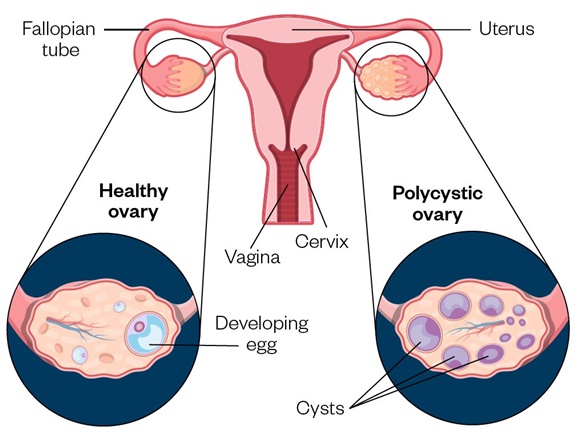
Poly Cystic Ovarian Syndrome / Disease
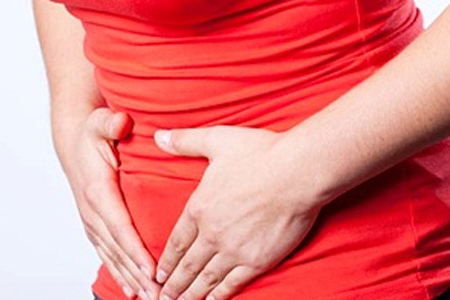
Amenorrhoea
Amenorrhoea is the absence of menstrual periods in a woman during her reproductive years (after the age of puberty but before the typical age of menopause). The absence of periods can have causes that aren’t due to underlying disease. Examples include menopause, pregnancy, use of birth control, medication side effects, delayed puberty and stress.
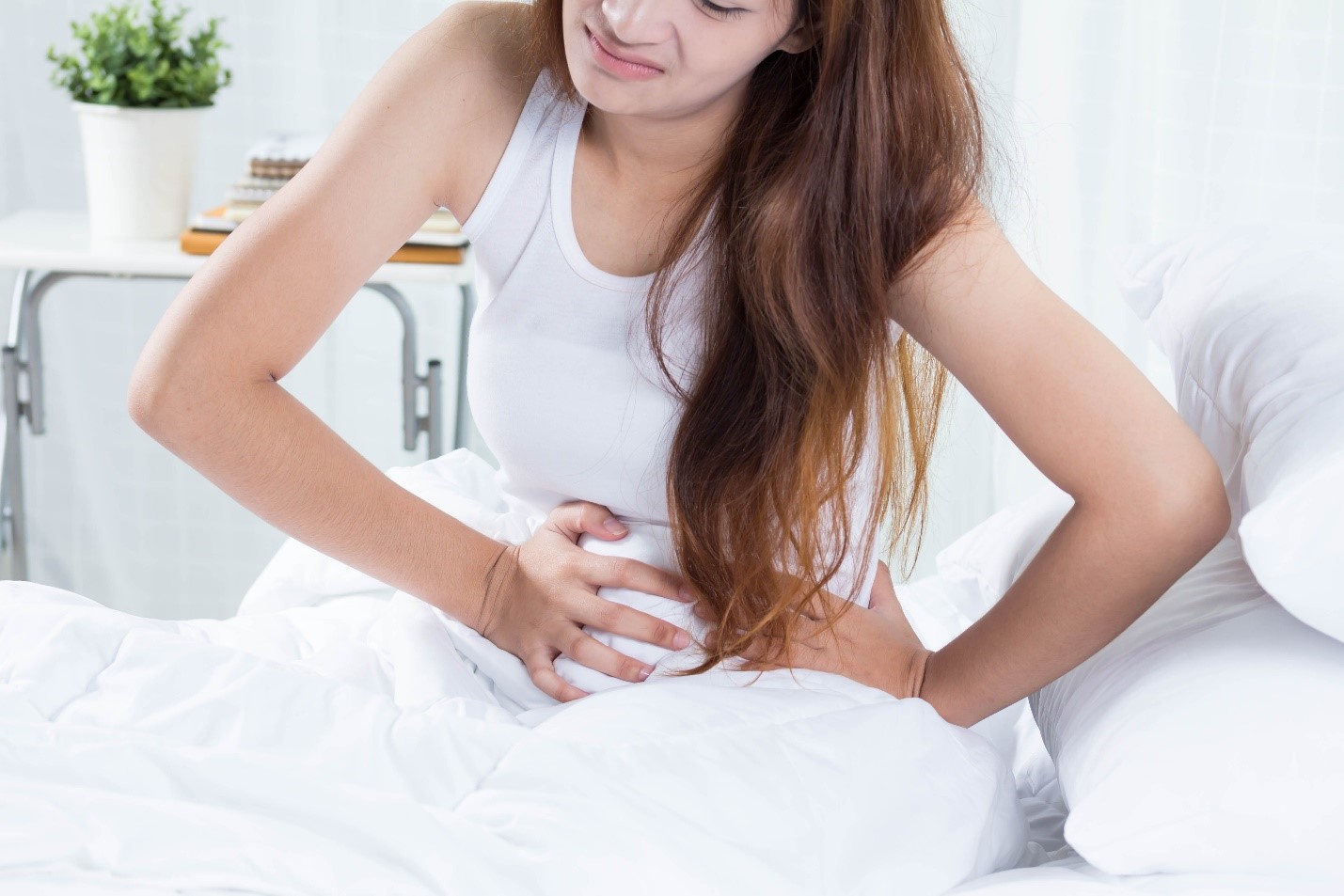
Dysmenorrhoea
Dysmenorrhoea is the term used to describe painful periods. Period pain from your first period or shortly after, and without a specific cause, is known as primary dysmenorrhoea. Period pain caused by certain reproductive disorders, such as endometriosis, adenomyosis, or fibroids, is known as secondary dysmenorrhoea.
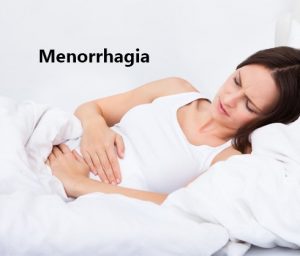
Menorrhagia
Menorrhagia is the medical term for menstrual periods with abnormally heavy or prolonged bleeding. Although heavy menstrual bleeding is a common concern, most women don’t experience blood loss severe enough to be defined as menorrhagia.
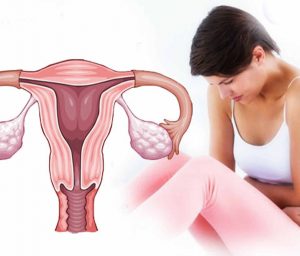
Dysfunctional Uterine Bleeding
Dysfunctional uterine bleeding (DUB) is a condition that affects nearly every woman at some point in her life. Also called abnormal uterine bleeding (AUB), DUB is a condition that causes vaginal bleeding to occur outside of the regular menstrual cycle. Certain hormonal conditions and medications may also trigger DUB.
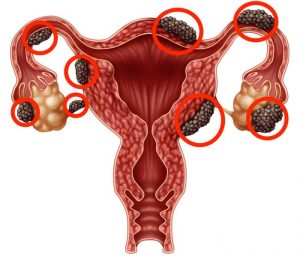
Endometriosis
Endometriosis is a disorder in which tissue similar to the tissue that forms the lining of your uterus grows outside of your uterine cavity. The lining of your uterus is called the endometrium. Endometriosis occurs when endometrial tissue grows on your ovaries, bowel, and tissues lining your pelvis.
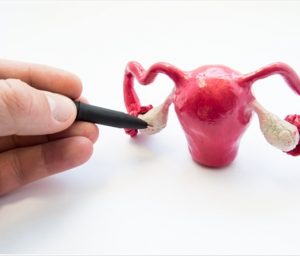
Anovulation
Anovulation is the lack or absence of ovulation (the release of an egg). It is a common cause of infertility. Anovulation is often the result of an imbalance of the hormones that cause a woman to ovulate and may be part of the condition of polycystic ovary syndrome (PCOS).

Adenomyosis Breast
Adenomyosis is a condition in which the inner lining of the uterus (the endometrium) breaks through the muscle wall of the uterus (the myometrium). Adenomyosis can cause menstrual cramps, lower abdominal pressure, and bloating before menstrual periods and can result in heavy periods. The condition can be located throughout the entire uterus or localized in one spot.
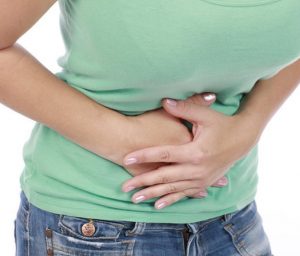
Post-Menopausal Syndrome
Many symptoms are found related to postmenopausal syndrome: Hot flushes, irritability, mood swings, insomnia, dry vagina, difficulty concentrating, mental confusion, stress incontinence, urge incontinence, osteoporotic symptoms, depression, headache, vasomotor symptoms, insomnia etc.

Pre-Menstrual Discomfort
Premenstrual syndrome (PMS) has a wide variety of signs and symptoms, including mood swings, tender breasts, food cravings, fatigue, irritability, and depression. It’s estimated that as many as 3 of every 4 menstruating women have experienced some form of premenstrual syndrome.
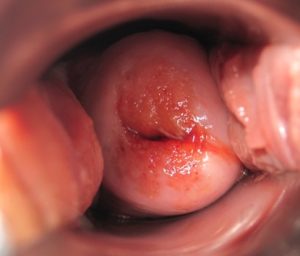
Chronic Cervical Ulcers
Causes of cervical ulceration include infection, collagen disease, malignant tumors, and external stimuli. Cervical ulceration during pregnancy is rare. We present a case of cervical ulceration caused by group C streptococcal infection during pregnancy.
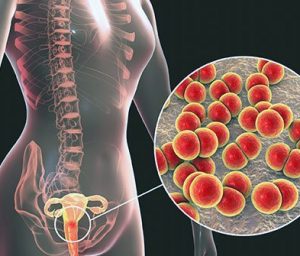
Persistent Pelvic Inflammatory Disease
Pelvic inflammatory disease (PID) is an infection of one or more of the upper reproductive organs, including the uterus, fallopian tubes and ovaries. Untreated PID can cause scar tissue and pockets of infected fluid (abscesses) to develop in the reproductive tract, which can cause permanent damage.

Pre & Post Natal support
Pregnancy care consists of prenatal (before birth) and postpartum (after birth) healthcare for expectant mothers. It involves treatments and training to ensure a healthy prepregnancy, pregnancy, and labor and delivery for mom and baby.
